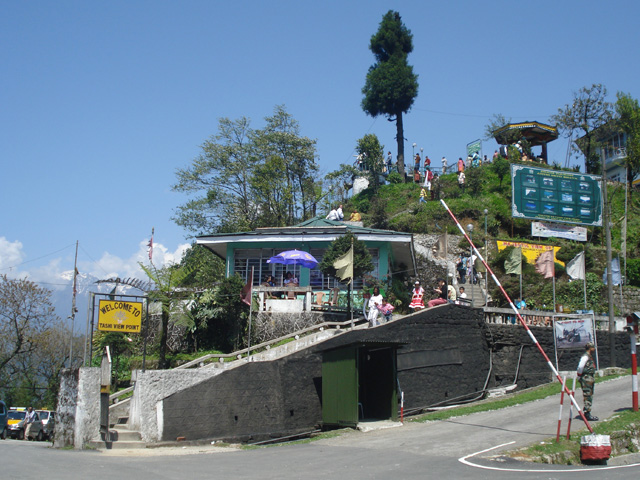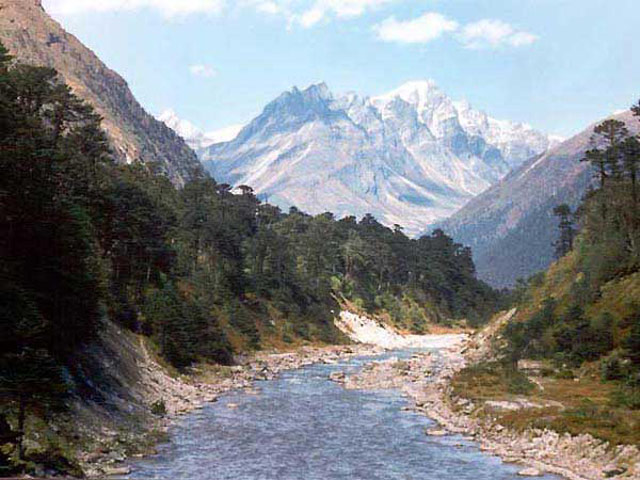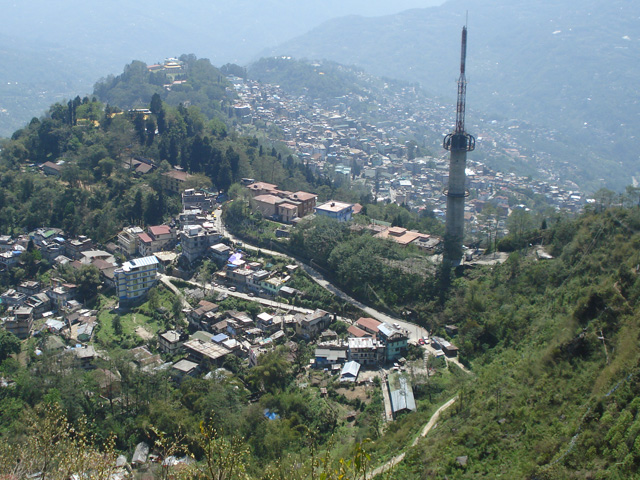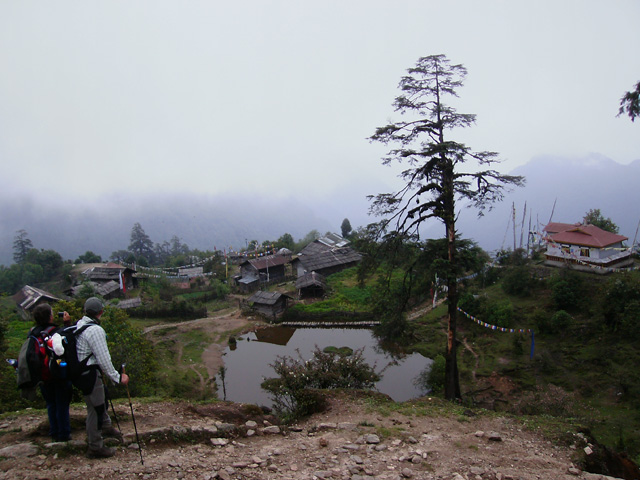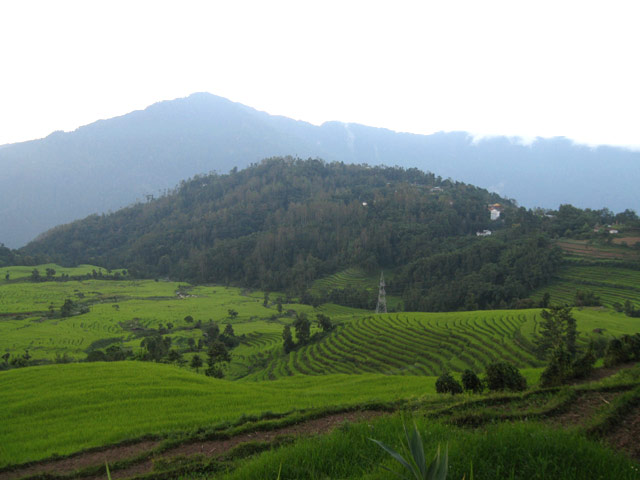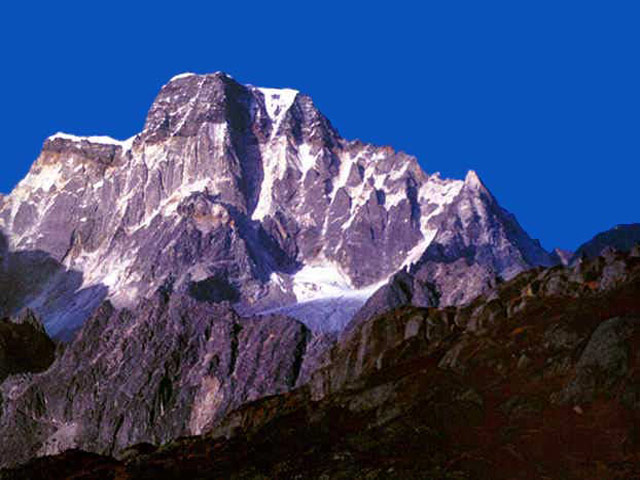Sikkim || Sikkim is a landlocked Indian state nestled in the Himalayas
Sikkim is a state in northeast India. It borders Tibet in the north and northeast, Bhutan in the east, Nepal in the west, and West Bengal in the south. Sikkim is the least populous and second smallest among the Indian states. Sikkim is notable for its biodiversity, including alpine and subtropical climates, as well as being a host to Kanchenjunga, the highest peak in India and third highest in the world.
Sikkim being a part of inner mountain ranges of Himalayas is hilly having varied elevation ranging from 300 to 8540 meters. But the habitable areas are only up to the altitude of 2100 mtrs. Constituting only 20% of the total area. The highest portion of Sikkim lies in its north west direction. A large number of mountains having altitudes of about seven thousand meters stands here with - Kanchenjunga (8598 m.), The third highest peak in the world. The high serrated, snow capped spurs and peaks of Kanchenjunga look attractive consisting of Kumbha Karna (7711 m.), Pandim (6706 m.), Narsingh (5825 m.), Kabru Dome (6545 m.), etc. A number of glaciers descends from eastern slopes of Kanchenjunga into Sikkim where snow clad line is found above 5300 mtrs. The biggest of them is Zemu, from whose snout above Lachen monastery rises the river Teesta. Teesta is the main river and its main tributaries are Zemu, Lachung, Rangyong, Dikchu, Rongli, Rangpo and Rangit which form the main channel of drainage from the north to the south.
The Kingdom of Sikkim was founded on the Silk Road by the Namgyal dynasty in the 17th century. It was ruled by a Buddhist priest king known as the Chogyal. It became a princely state of British India in 1890. After 1947, Sikkim continued its protectorate status with the republic of India until 1975. In 1975 the Sikkimese monarchy was deposed off and Sikkim became the 22nd state of the republic of India
Modern Sikkim is a multiethnic and multilingual Indian state with diverse ethnic communities like the Bhutia, Lepcha, Tamang, Limbu, Newar, Rai, Gurung, Magar, Sunwar etc. living together in peace and harmony. The official language is Nepali along with English and some other regional languages. English is taught in schools and used in government documents. The predominant religions are Hinduism and Buddhism. Sikkim's economy is largely dependent on agriculture and tourism. Sikkim has the highest share of agricultural land dedicated to organic farming in India and has achieved to become the first organic state in India. In recent years, the government of Sikkim has extensively promoted tourism. As a result the state revenue has increased 14 folds than in the 90's


 +1 612 869 4949
+1 612 869 4949